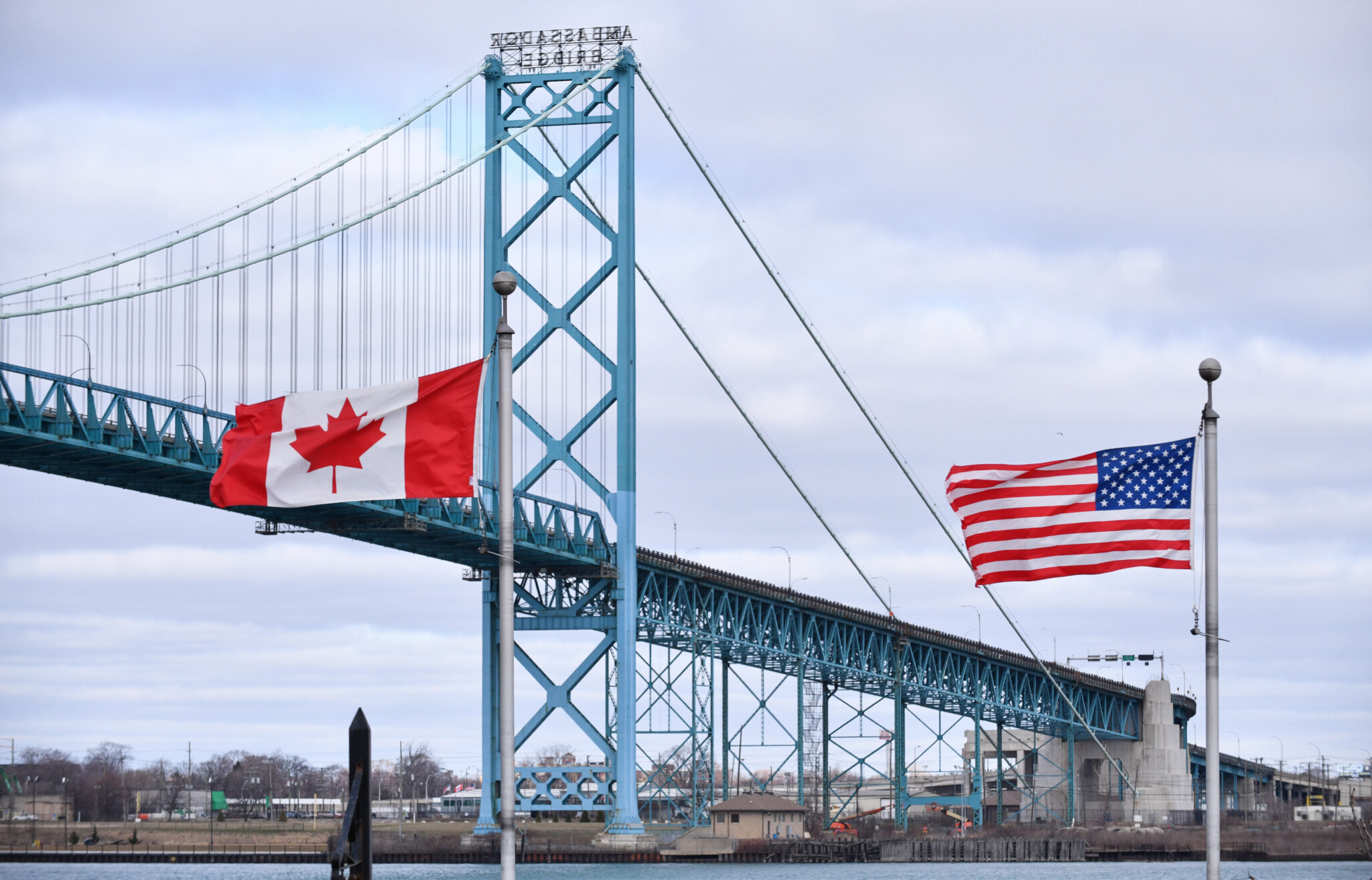Donald Trump is not a political philosopher. But his election win ought to be understood as a philosophical victory. His political career has been marked by a sustained case against the assumptions of the post-Cold War economic consensus in favour of free trade and globalization. The durability of Trump’s popular support reflects the American public’s unhappy relationship with these developments and its demand for something different.
Canadian policymakers need to understand the incoming Trump administration along these lines. We’re entering a new era in which “economic security” will find much greater currency than high-minded thinking about the mutual benefits of integration and trade.
There are growing calls from academia and business for Canada to develop an “economic security strategy.” The Trudeau government responded with economic security consultations, which wrapped up last month, and will ostensibly inform future policy direction.
Coming to terms with this new reality requires first wrapping our heads around what economic security actually means—both conceptually and contextually. Since economic security means different things to different people, the risk is that it could prevent Canada from coherently pursuing its objectives and properly weighing trade-offs.
Economic security first emerged in the official policy lexicon when the Trump administration’s National Security Strategy declared in 2017 that “economic security is national security” as part of its broader philosophical and policy shift on China, now labelled as an adversary and revisionist power.
Since diplomatic relations with China were established in the early 1970s, China has had a distinct political system. What has changed over the past several decades is that China has emerged from economic backwater to become the world’s second-largest economy and number one exporter. Economics translates into political power and China’s rise has shifted the global balance of power.
This challenges the efficacy of the current rules-based international global trading system because rules only work if parties agree with the legitimacy of those rules and fear punishment for breaking them.
China is happy with the status quo because it entered into the system through a combination of savvy bargaining, exploiting carve-outs for developing countries, and a wilful blindness from liberal market democracies, which has produced conditions that enable it to gain outsized payoffs when interacting with other countries. The U.S., however, is not happy with the status quo.
This is the key contextual background of the shift to economic security as the new organizing principle for the global economy. Faced with pervasive subsidies and other non-market practices that are hard to rein in under existing rules, liberal market democracies— including Canada—are following suit and returning to industrial policies, subsidies, and the skirting of international rules. Trump’s re-election is just the most ostentatious and significant expression of this broader trend.
When the rules begin to wither, countries require new strategies that better map to present realities. It’s a form of cultural evolution where the scope of acceptable norms, practices, and policies is evolving. Liberal market democracies aren’t just copying China’s model; they’re iterating upon it—due to our own institutional and political conditions.
What is beginning to take shape is a new model of political economy in which business and politics are merging in a growing range of strategic sectors. This differs from the last stage of the global economic order in which economics and politics were largely kept separate. If the rise of post-Cold War globalization was the end of political economy, then Trump’s election is a sign that it’s roaring back.
The questions moving forward will be less about whether we’re on the cusp of a new political economy model and more about how it takes shape. The Trump administration’s early choices of personnel will be a key test.
For the Canadian government, new and emerging debates on these issues are informed by two broad categories for thinking about economic security. The first is economic-based threats to national security. Here the focus is on dual-use technologies and the control and access to sensitive data. Canada’s current tools such as the Investment Canada Act, export controls, and research security policies play the leading role.
The second is long-term economic competitiveness, where the two overarching goals are fostering the commercialization of the technological frontier and securing anchor firms and sub-sectors that act as key nodes in supply chains. When it comes to supply chains, it’s not just critical technologies that matter but rather the potential to create positive spillovers in the broader economy, particularly in the form of investment and jobs.
What is at stake is a technological goal where core technologies will be protected—even at the expense of short-term economic growth—and a broader economic goal to support a healthy industrial base and maximize job growth. A complicating factor is that these two goals will sometimes come into conflict. This is because one feature of economic competitiveness is maintaining and advancing market access for Canadian goods and services exports as they generate jobs and growth. The government must therefore ensure that these aren’t unnecessarily sacrificed by knee-jerk reactions to a changing geopolitical order.
Care needs to be taken to establish the logic and boundaries of the new economic security regime. This is to ensure that there are clear objectives and signals to the market and other countries on where our priorities lie. Crucially, it also means determining how to manage trade-offs and ensuring that economic security doesn’t become a foil for protectionism.
Protectionism and its attendant policy distortions are the overarching counter-risks on the horizon. The broad nature of the two conceptual categories of economic security could feasibly open up new space for rent-seeking. On the one hand, actors could dress up their interests as being critical to national security. On the other, they could appeal to the need to protect their interests from “unfair” foreign competition. The current geopolitical tensions with China create a spectre that will be used as a premise in both arguments.
Key to reconciling this dilemma is having a clear idea of what economic security is based on a realistic perception of risks. These risks need to be tied to explicit arguments for where there are gaps in our governance structure—whether at the national or international levels.
In pursuing the twin goals of mitigating risks to national security and economic competitiveness, Canada must seek to develop policies and messaging that still keep open channels for political engagement and non-sensitive commerce with countries like China. And with Trump once again commanding the White House, no less important will be managing Canada’s most important trading relationship; the government must emphasize that Canada, far from being a threat, is an indispensable partner in securing the North American economy.
Without meeting these conditions, the government could end up ushering in even bigger risks than those they are seeking to address.










